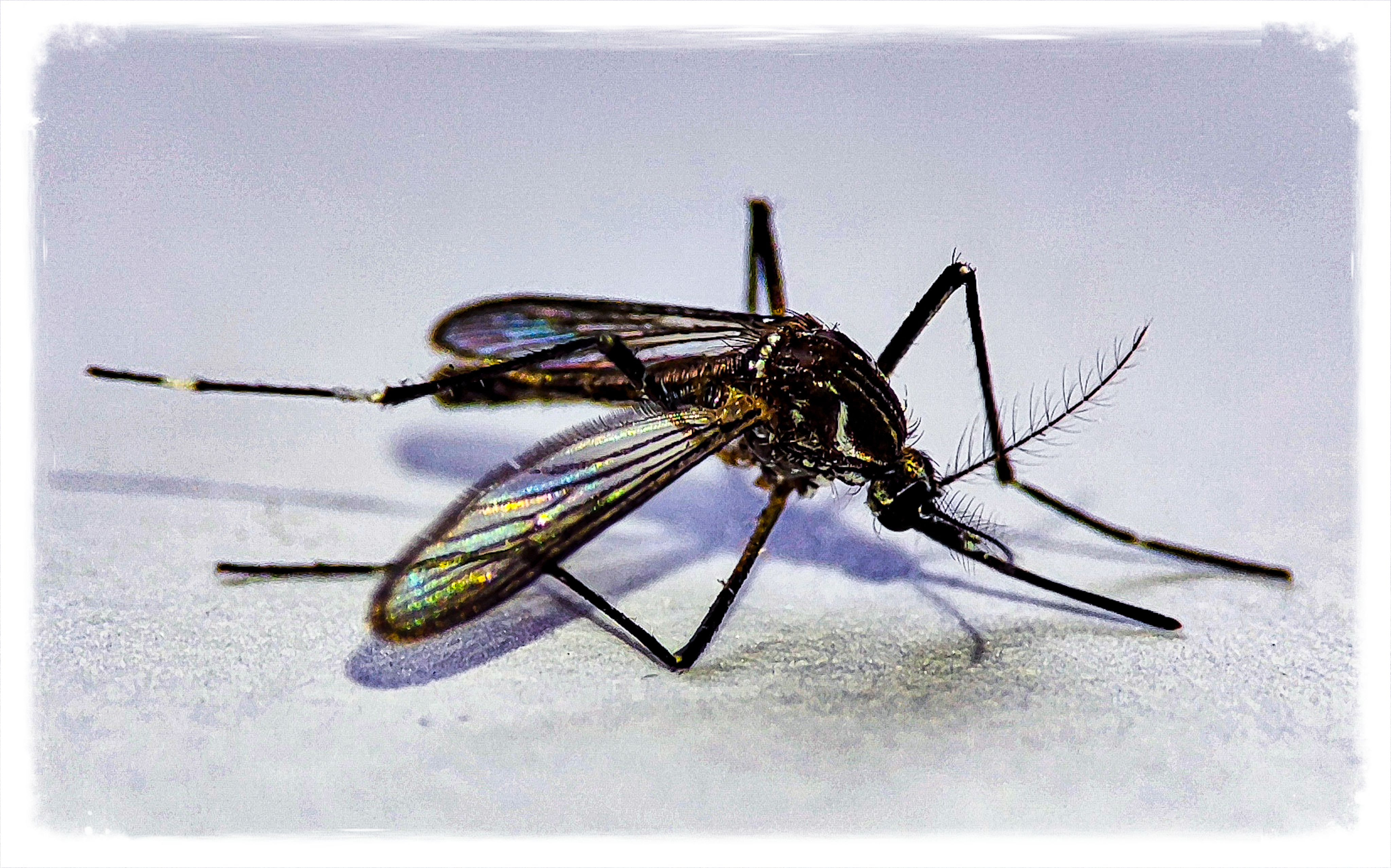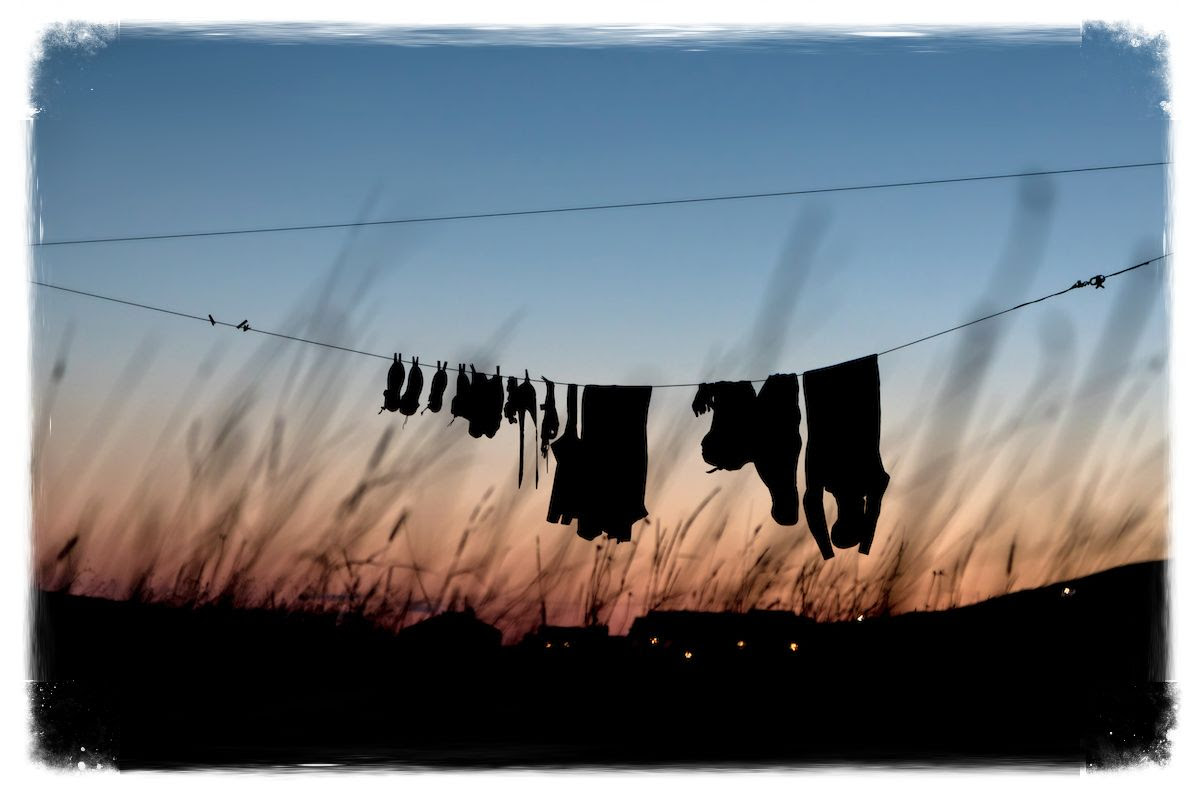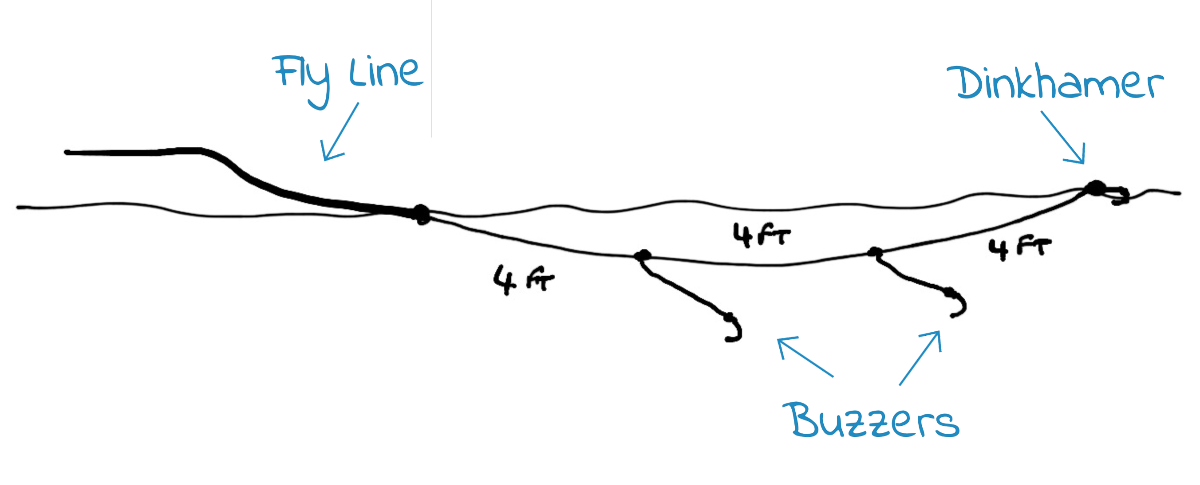They're Back ... Discover The Stillwater Dinkhamer (*also at home on rivers)

They're back ...
We've not been able to get hold of these Stillwater beauties for quite a while - and finally, we have them back again, thanks to those masters at Caledonia Flies.We've also included a full section at the end of this email, All About Buzzers.
Read on McDuff ...
These are our take on Dinkhamers for Stillwaters (barbless - obviously) - we've imaginatively called these Stillwater Dinkhamers. These barbless flies make ideal indicator patterns for fishing a team of buzzers close to the surface, just in time for some nice weather!
 These flies are tied on a barbless size 12 hook and are specifically designed to hold up either one or a team of flies, in even the most choppy of stillwater/reservoir/loch conditions (they also work surprisingly well on rivers - using the Klink n Dink method). These flies really come into their own at this time of year when the fish are just starting to sip buzzers and are also really productive on the smaller stillwaters during early Summer - fished static!
These flies are tied on a barbless size 12 hook and are specifically designed to hold up either one or a team of flies, in even the most choppy of stillwater/reservoir/loch conditions (they also work surprisingly well on rivers - using the Klink n Dink method). These flies really come into their own at this time of year when the fish are just starting to sip buzzers and are also really productive on the smaller stillwaters during early Summer - fished static!
Stillwater Addicts Love Them ...

Our Barbless Stillwater Dinkhamer Selection is a selection of 4 styles of commonly used suspended emerging buzzers with tippet rings tied into the tails, to allow you to hang a team of flies underneath. In total there are 8 flies (2 of each pattern) shipped free of charge and supplied in our eco-friendly packaging:
- Only £15.00 for the full selection of 8 Stillwater Dinkhamers; or £1.95 for each individual fly
These Stillwater Dinkhamers are extra buoyant with the indicator foam posts tied to be extra long, allowing you full visibility, even in the roughest of water.
If you'd prefer to buy them individually ...

What Are Buzzers?
Buzzers are the pupal form of midges (chironmidae) – they are the form between the larva (bloodworm etc) and the adult flying insect. They are the most abundant food supply that a Stillwater trout will encounter. Buzzers are found in all waters at all times of the year but are especially abundant in the Spring months of April, May & June – this is the best time for buzzer fishing in UK stillwaters.
When you see a buzzer in its natural form, there are two things that are very apparent:
- They are bigger than you first expect – ranging in size from 8mm to 15mm (a size 10 to 16 hook)
- They are very thin
Buzzers are generally seen just under the surface of the water and as far as the fly angler is concerned, we try to imitate them at the stage where they are transforming into the adult.
Why Are They Important?
Buzzers are important to the fly angler as this is the staple food of any trout which has been in a Stillwater for any length of time. As so, it is important to understand how best to fish them. Buzzer fishing is not just about the fly you use, it’s more about the style and how they are fished.
Q. How Do I Fish Them?
A. Try The Washing Line Method

The washing line method is a technique designed to let you fish an emerger/buoyant fly on the point with a team of buzzers/nymphs suspended just below the surface of the water using a floating fly line - it hangs just as a washing line would - suspended by the floating fly one at one end and the buoyant point fly at the other). Normally when fishing with buzzers or nymphs, they would descent down through the water column slowly (which is a good way of searching to find the depth the fish are feeding at). However, the 'Washing Line' method allows you to keep all of your flies just below the surface where the trout are most likely to feed.

Using this method requires you to use a much longer leader (in excess of 10'). As a general rule, use a leader of around 12' to 14' (this also makes it much easier to net the fish once you have caught it, as you will not end up with any of your flies hanging in the top ring of your rod). A good initial setup when starting out is to space your flies on short droppers (about 12" long) each one 3 feet apart - this makes it easier to cast. If your having problems casting it, just use a buoyant point fly (like our Stillwater Dinkhamer) and two droppers.
Always use this method when the fish are high in the water and sipping buzzers or taking the insects as they emerge. Check out the rise form of the fish, look for a 'head and tail' rise - think of the way a dolphin breaks the water surface, first you see the head, then the dorsal fin, followed by the tail. This will be the first indication they are taking buzzers.
Top Tips When Fishing Buzzers
When It's Still: Use a floating line, long leader and a team of three buzzers. Cast out, and before the flies start to sink, pull the line to straighten out the leader. Then pause (keeping in touch with the flies) and wait for the flies to drop, takes usually come with the buzzers on the drop. You should spot a take before you feel it, keep an eye on the fly line and leader for any abnormal movement. If the buzzers hit the bottom, just a few pulls on the fly line should bring them back to the surface, and you can start again by letting them sink.
When it's Windy: Still use a floating line, but this time use a shorted leader. Check the direction of the wind and cast out across the wind (i.e. the wind is side-on to you) - always make sure the wind is to your left shoulder if you are right-handed (and the right shoulder if you are left-handed). Again, using a team of three buzzers, cast out and allow the buzzers to drift with the wind. You should not need to retrieve your line, as the wind will make sure your leader straightens up. Again, you will usually see the take before you feel it - just remember to strike in the opposite direction to the direction your flies are moving. Once the flies have drifted as far as you think possible, lift the flies slowly from the water, it's surprising how many fish take your buzzers as you're about to re-cast!
Tight lines & have fun out there.







